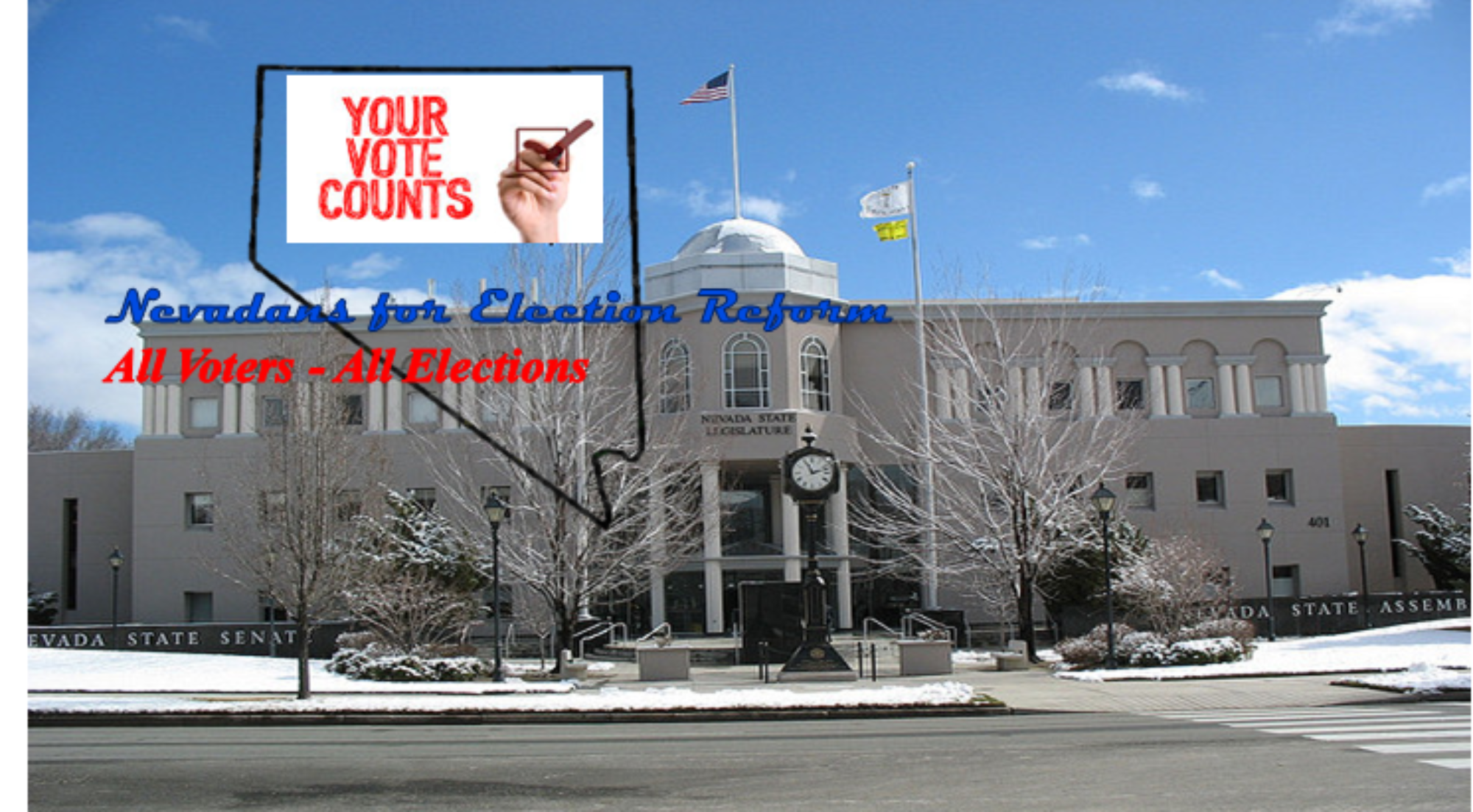The electors of the Electoral College will meet in their respective states in one week and cast the votes that will elect Donald Trump the 45th President of the United States. Throughout the campaign season, many questioned the role of the media, both mainstream and online, in making what was envisioned as nearly impossible a reality.
The campaigns of 2016 were mostly negative, not only at the national level but at the state and local level as well. It is no secret our political environment is deeply divided. Do media play a role in maintaining, or even increasing this divide? Do journalists strive for negativity over substance?
I first wrote about this subject in March, 2015 in an article “Does The Media Purposely Fan The Flames Of Political Divisiveness?” Now the Harvard Kennedy School, Shorenstein Center on Media, Politics, and Public Policy has released a four-part study analyzing media’s coverage of the 2016 presidential election. While both positive and negative coverage is reviewed, the amount of and reason behind negative stories is revealing. Also revealing is how media culture and its control over our decisions have changed over the years.
The studyis worth the time it takes to read; the cover page gives a good summary. It takes an in-depth look at the pre-primary period; how media impacted the rise of Donald Trump, the interest in Bernie Sanders, and the negative view of Hillary Clinton. This is followed by analyses of the race to the nomination, the convention month, and finally the November election.
In each segment, the author provides data on not only how and why negative stories overwhelmingly outnumbered positive but also why media focuses on negative reporting (bottom line, it sells). The study traces the history of this attention to negativity, explaining its roots in the late 1960’s and early 1970’s. Not surprising, the study finds this emphasis on the negative by media is not restricted to politics but cuts across all areas of our lives.
Given the reason(s) behind the trend of negative reporting, the power it gives journalists, reporters, and commentators over our decisions, and the decades it has been allowed to thrive, it is unlikely change will happen fast. The first step in getting media to return to its original purpose of informing the public and providing unbiased facts is for voters to stop “buying” the negativity and start demanding substantive information on which they can base their decisions.
Using Ranked Choice / Instant Run-off voting (RCV / IRV) as outlined in the Nevada Election Modernization and Reform Act for 2017 (NEMRA – 2017) has shown to reduce negative campaigning and return civilityto our electoral and governing processes. In just eight weeks, on February 6, 2017, the Nevada legislature can begin the process to end negative politics in Nevada by enacting NEMRA – 2017.
